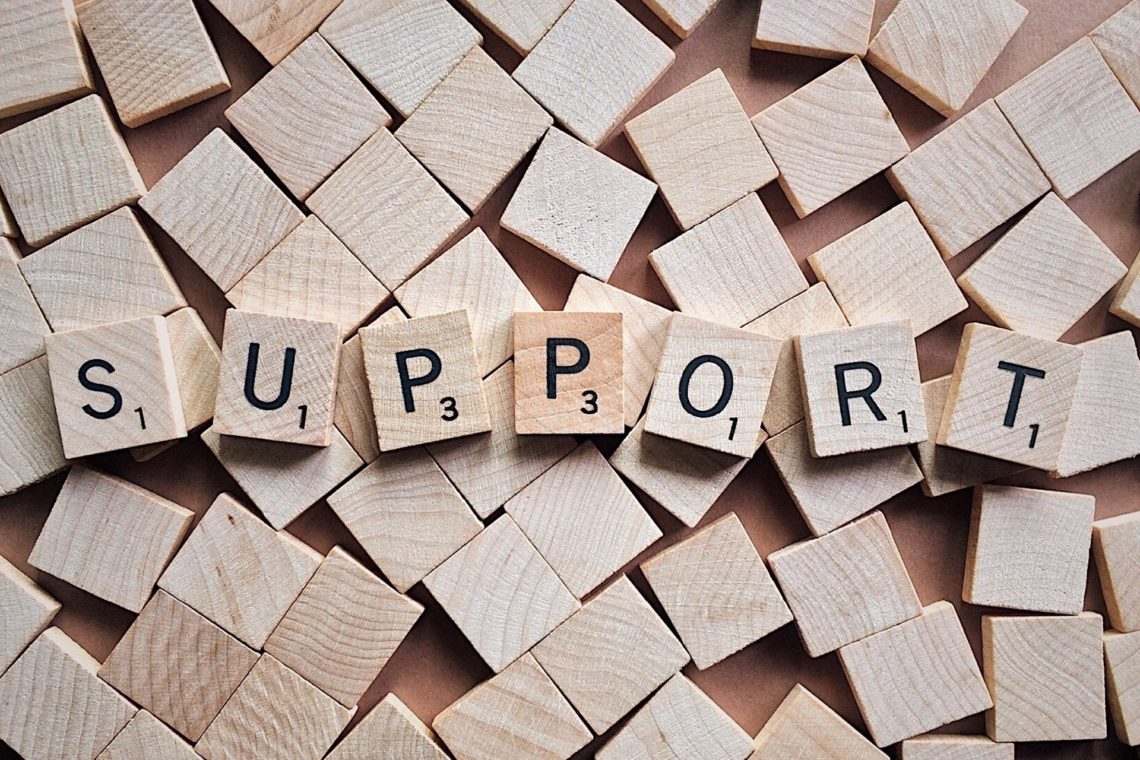
Emergency Communication
“How will he ask for help in an emergency?” That question got to me. Not just my sensitive mama heart, but also to my very practical nurse brain.
Gavin’s communication style is unique. He has an exceptional understanding of the spoken English language. He has been learning American Sign Language (ASL) since he was about 6 months old. He now uses well over 350 signs; to be honest, I stopped counting. However, the contractures in his hands make it challenging for him to actually perform the signs. So we have Gavin’s version of ASL (GSL) that I can interpret for other’s to understand. Gavin also speaks his own version of English. His neuromuscular disorder effects all the muscles in the body, including his mouth. Many of us take for granted the amount of muscle coordination and breath support needed to produce sound. So as you can imagine, there is a wide gap between what he understands and what he can express. (Which can also lead to some serious temper tantrums… but that discussion is for another day.)
For the most part, I can understand him. Just like most moms with toddlers, there is a phase where no one really knows what this tiny human is trying to say. So naturally, I didn’t think there was an issue. I always assumed that he would speak using the English language eventually. I never thought otherwise. Which is both one of my greatest strengths and weaknesses. I believe so strongly that he will be able to do certain actions (strength) that I don’t even allow myself to be ok with the option of him not doing it (weakness). First of all, I will not apologize for believing that he is able to do anything he sets his mind to. Second, this mentality has proved to be more helpful than hurtful. Thirdly, I am aware of how this effects me, but more importantly, I am acutely aware of how much pressure this could potentially place on Gavin. And finally, there is more than one way to skin a cat, my friend.
“Greatness lies not in being strong, but in the right use of strength.”
Henry Ward Beecher
Enter the speech therapy session that changed me. “How will he ask for help in an emergency?” “What if you’re not there to interpret?” “Or worse, what if you are also involved in this emergency but are incapacitated?” In my mind, I’m saying “WTF, Christie! How did you not think of that?!?!!?” But also recognizing that we put in a great deal of energy into teaching him ASL, which is not lost! But it’s all about providing the resources your child needs. So let’s give him a third way (1. ASL, 2. Spoken English) to communicate! That was the day that it became imperative that Gavin have a communication device. We quickly started down the path of experimenting with language apps on an iPad that he can “talk” through. It was amazing to watch him express himself. On the first day of the trial, he told me “I don’t feel good. I need to see a doctor.” I thought it was just him playing around, but the next day he was diagnosed with an ear infection. He was only 1 1/2 at the time! (Mind blown.) He quickly found his favorite sentences. I like to listen to music. Bruno Mars, please. Anything about cars, or trucks, or trains, or airplanes. The alphabet. All the colors. The numbers. It was incredible to have him show us (and therapists) the vast language that he had locked inside that amazing brain of his. After a year of trial and error, adding another therapist specific to AAC (Augmentative & Alternative Communication), and teaching a 2 year old how to use a language app, we had enough data to prove to our insurance company that they should provide him with his own iPad and a specific language app (LAMP). We submitted a 27 page document written by our speech therapist along with a prescription from his pediatrician. 4 weeks later, Gavin had his very own communication device. Since receiving his device, Gavin’s communication, all three modes, have increased significantly!
It took a little over year for me to be able to answer that simple, yet crucial question. An entire year. Sometimes progress takes time. I’m pretty sure that I was the one who benefitted the most from the slow progress. Like I stated earlier, my greatest weakness gets in the way sometimes. I know that there are other families out there that do not believe that their child might need a communication device. (No judgement at all, you do you, friends). What works for Gavin and our family does not work for everyone. However, this is just one example of how I must have a space to acknowledge my emotions, allowing myself to feel a certain way, even if it’s irrational for a moment. To be angry or sad or defeated or proud and happy! It’s vital to Gavin’s progress. This space allows for a more clear perspective. It allows me to move from emotion to empower. It is a powerful place to find.
#TRUTH: Move from emotion to empower.

